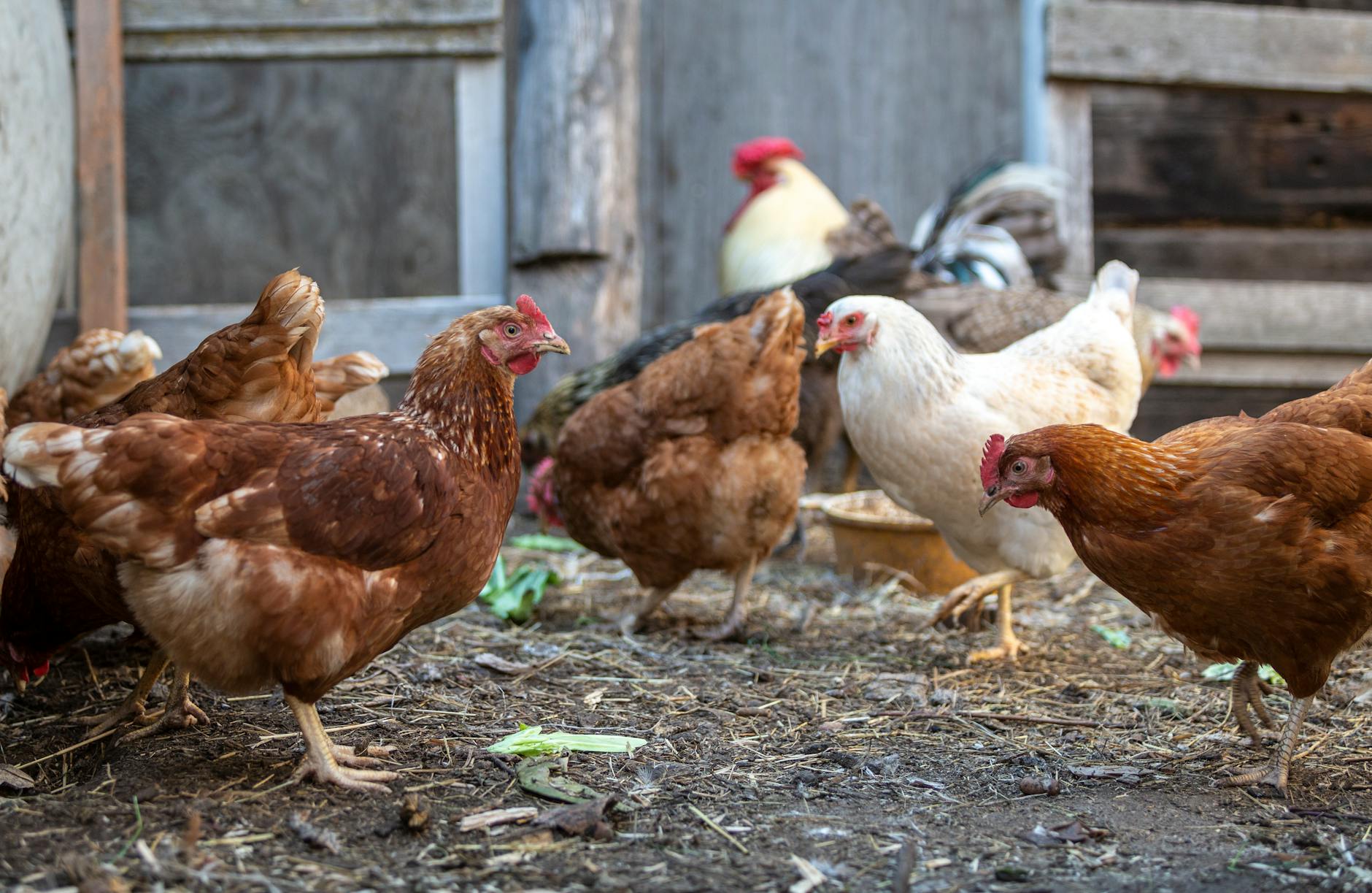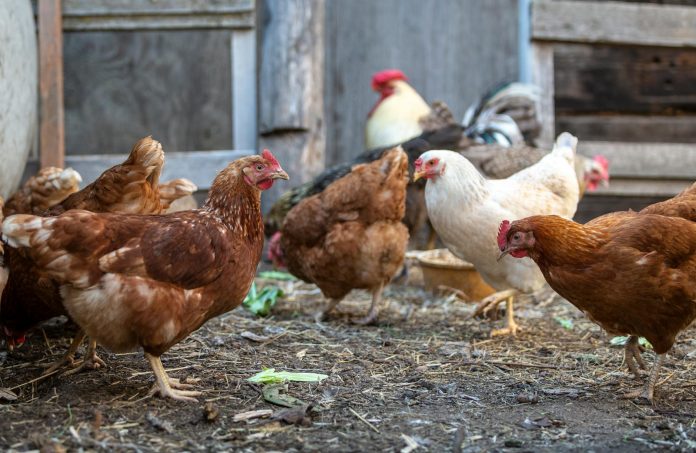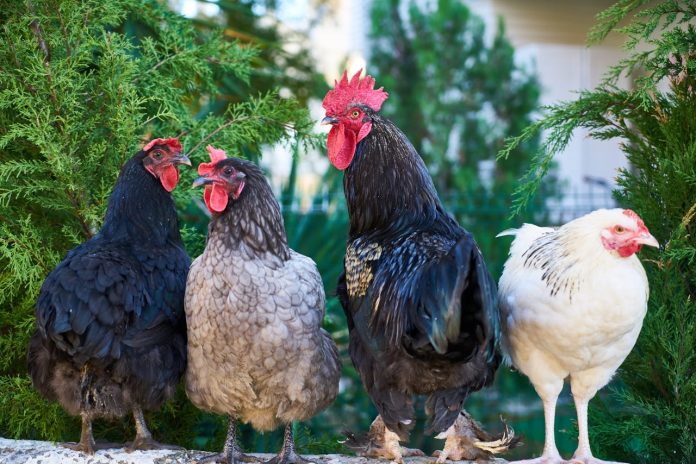All chicken owner want their flock to be safe, well-fed, and happy in their coops. To ensure a good quality of life for the flock, it’s essential to foster a space that allows chickens to safely thrive and roam around their immediate premises without being threatened by external risks.
Unfortunately, there are far too many stories of chicken coop owners waking up to see loose feathers and missing hens—a telltale sign of a predator invasion.
If you want to avoid being a victim of outdoor predators, it’s essential to create a secured chicken coop to prevent these unwanted guests from barging in in the first place. It only takes one slight fault in the system to turn all your hard work raising the chickens into heartbreak.
If you’re keen to learn how to predator-proof your chicken coop, you’re in the right place. This article will lay down five tips to keep your flock and their eggs safe from a hungry predator’s stomach.
Let’s get into it.
1. Install Predator-Proof Fencing
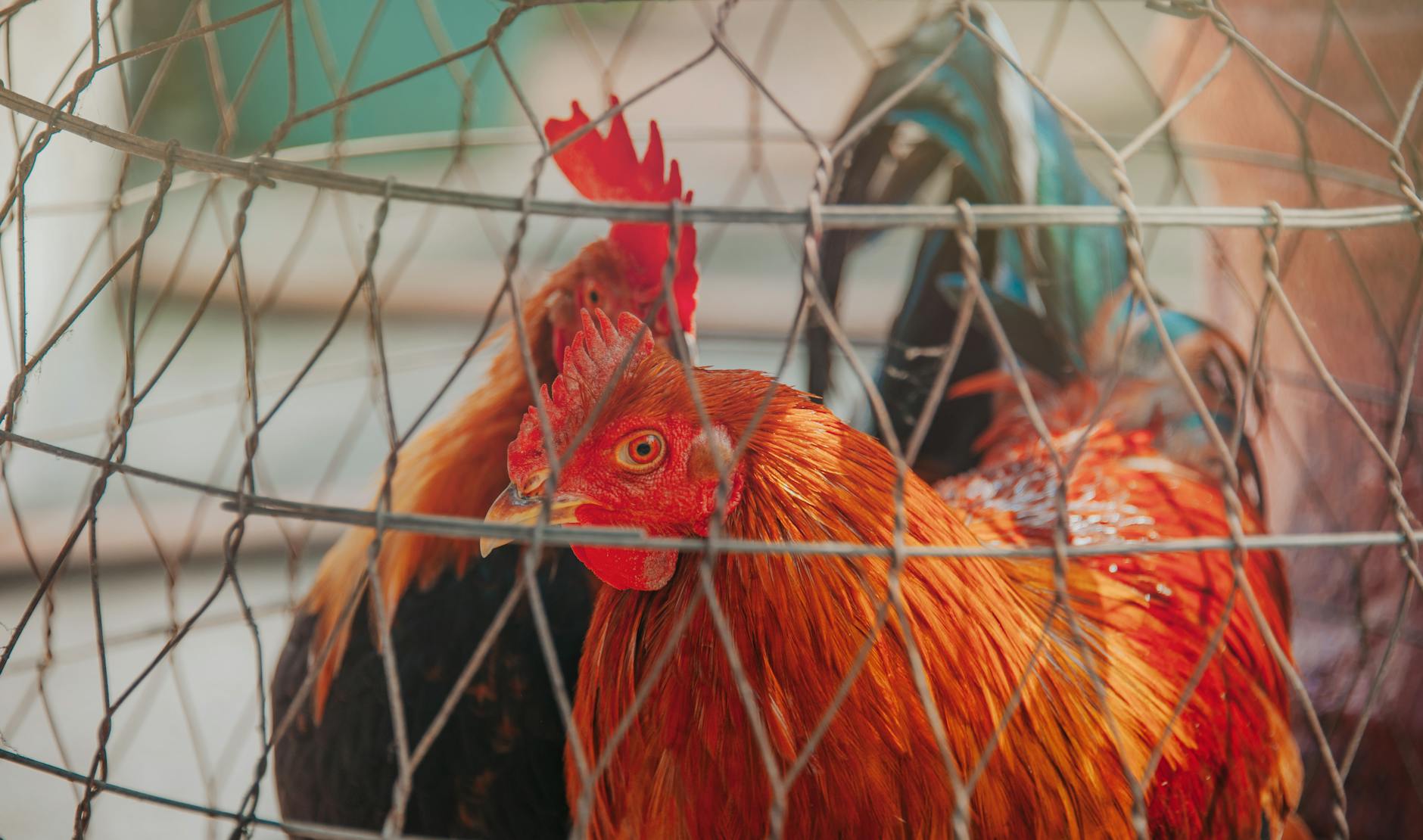
The first step to keeping your chicken coop safe from predators is installing fencing around your coop. Standard chicken wires are insufficient in keeping predators like raccoons, snakes, and foxes away from your livestock. Farmers need dedicated fencing to secure their chicken’s premises and avoid a potential catastrophe in the coop.
The best predator-proof fencing to consider is galvanised hardware cloth. This material doesn’t rust and corrode as easily as most fencing materials, making it an excellent option if you want something durable that lasts for years. Moreover, galvanised hardware cloth also comes with small mesh sizes of about ½ inch, making it impossible for larger predators to squeeze and chew through as easily.
When installing hardware cloth, be sure to make accurate measurements of your coop’s run beforehand. This ensures that you won’t end up overcrowding your chicken run and creating a poor environment for your chicken to roam around when they’re out in the sun. The general rule of thumb is to allocate at least eight square feet of space for each chicken in your coop.
Furthermore, when setting the fencing up, cover all possible entry points and secure gaps tightly. Making the fence’s tip curve upward is also a good way to prevent forced entry to your coop. This way, you’ll have a robust barrier that keeps your flock safe from all sorts of hungry intruders.
2. Mind the Roofing of Your Coop
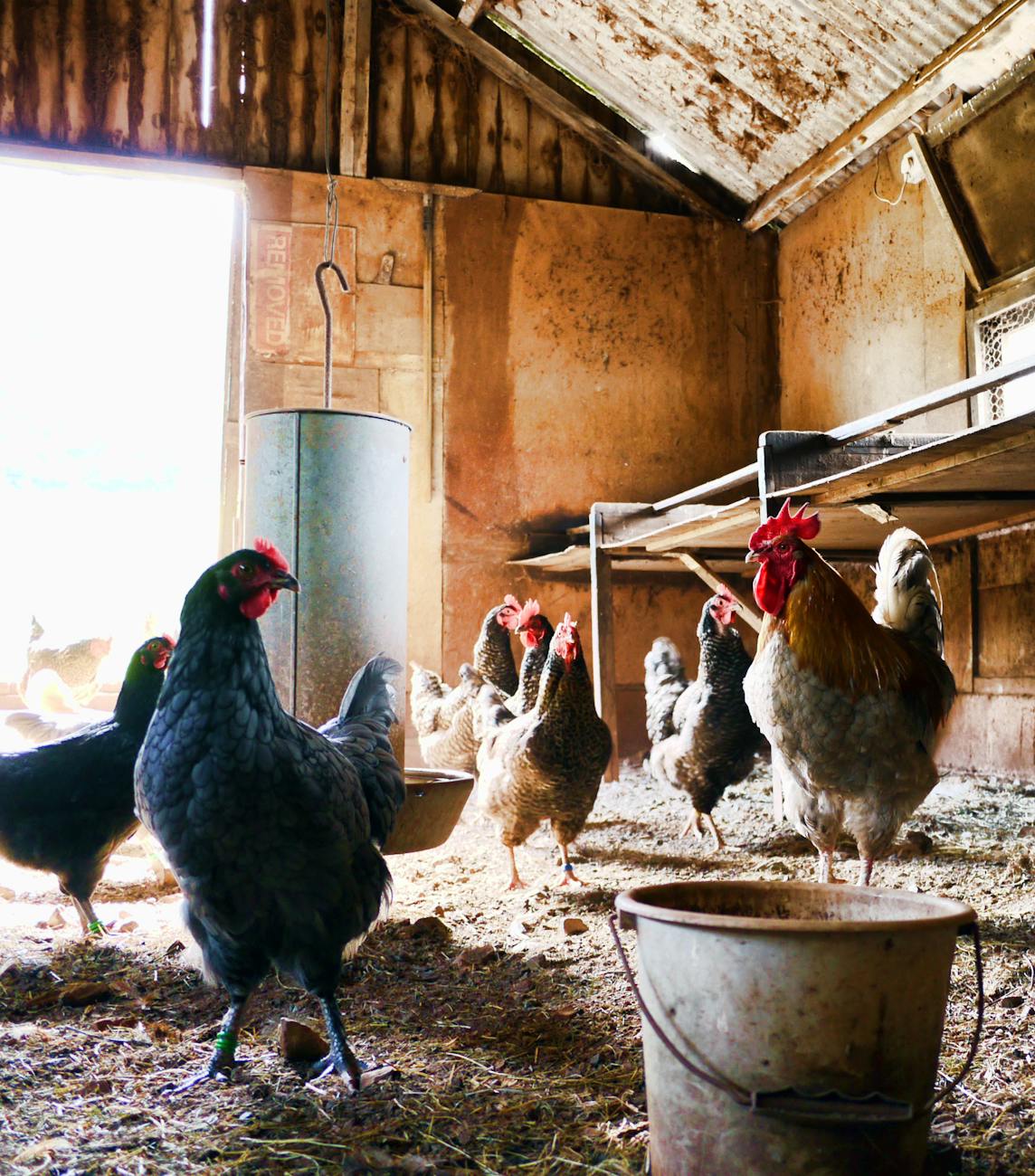
Fences are an effective barrier that prevents animals from going in and out with ease. But there are some wildlife species that can use verticality to their advantage.
For instance, aerial predators like hawks and owls can swoop down, use their talons to grip a member of your flock, and leave you one chicken short. Some predators may also climb up trees and rooftops and jump down to feast on your livestock.
To ensure that your coop is fortified against these threats, put up adequate roofing above the coop and chicken run. While many poultry housing products from Somerzby have built-in roofing systems, it’s ideal to build a second layer for extra measure. Overhead covers made from corrugated metal with reinforced edges help secure predators like hawks and owls from entering.
Alternatively, you can use aerial netting to make it more difficult for birds to swoop down and get your chickens. Make sure that the net is fortified and tightly tied to a base to ensure it doesn’t get undone. By fortifying your roof, you can reduce vulnerabilities in your chicken coop and run, making it ideal for your chickens to survive and thrive.
3. Secure Openings and Ventilation Points

Never underestimate the drive of a hungry predator looking for a potential feast. Some of these creatures will work hard to break through the coop at any cost, exploiting any vulnerability that they may come across.
In some cases, these vulnerabilities could be the vents, windows, or doorways in your coop. These openings are naturally wide enough to allow animals to squeeze through. And if there aren’t any security measures and locking systems in place, they can easily slip on through and cause a commotion in the hen house.
To prevent predators from breaking in, you should secure entry points so that these animals can’t easily nibble through or manipulate them. For instance, you should consider installing a double-lock system for the entrance of your coop using latches and carabiners to prevent animals from going in and out when unattended.
Moreover, you should screw and fasten hardware cloth on the vent openings to ensure that no predator can sneak in through the ventilation system. That said, do so in a way that doesn’t compromise the ventilation abilities of the system.
Once all these openings have been thoroughly secured, continue to regularly inspect these access points and locking mechanisms to ensure that they won’t fail in the future.
4. Add a Predator Apron Below The Fencing
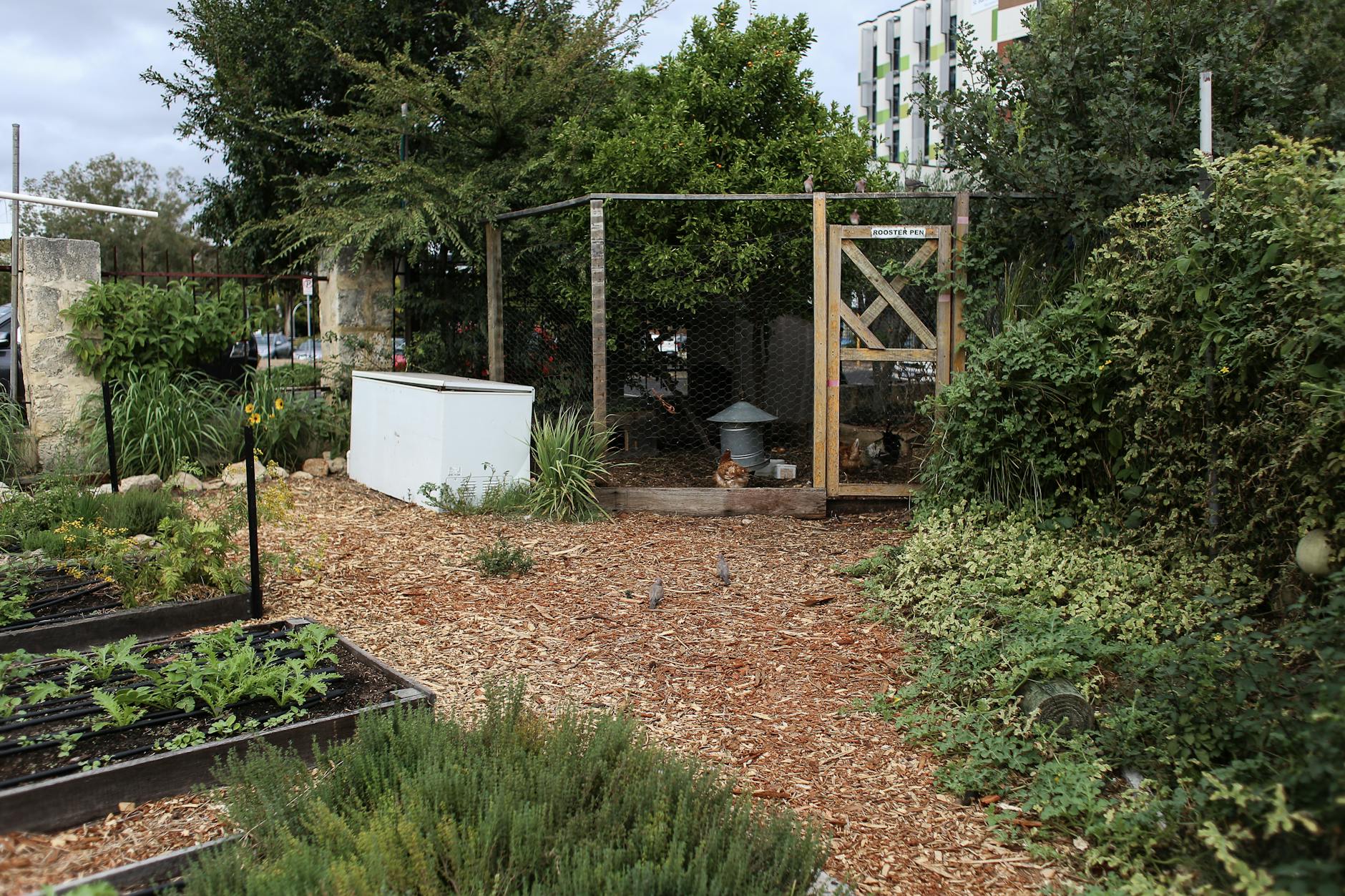
Aside from fortifying the roof and perimeter of your chicken coop, it’s also essential to fortify the underground surroundings of your hen house.
Many predators like foxes, dogs, and raccoons are capable of digging underground—especially if they are incentivised to do so with a delicious reward at the other end of the tunnel.
To combat diggers, you should bury and install a predator apron to prevent predators from accessing your coop. Welded wire or hardware cloth can do the trick, and for the sake of easiness, you can bury it below the base of your existing fencing.
Setting at least 12 to 18 inches of predator apron is ideal to stop tunneling predators from entering the premises. You can also cover the apron with dirt and rocks to camouflage it and fix it in place.
By burying fencing, you can prevent diggers from breaching your property, thereby keeping your chicken breeds in safe hands.
5. Install Motion Sensor Systems
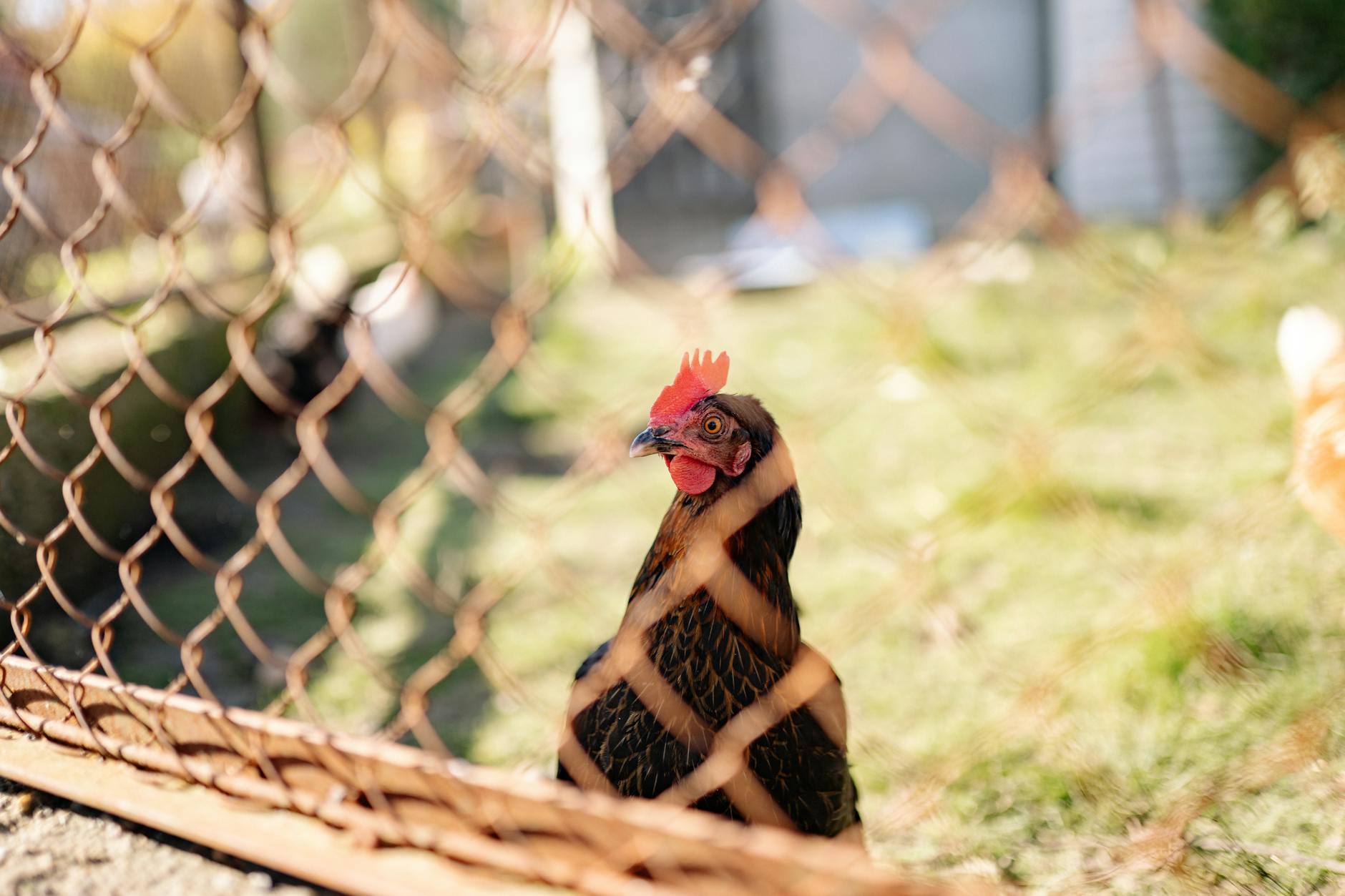
Most predators prowl during the night, when both you and your livestock are fast asleep. This makes it harder for you to catch these predators in the act if they do end up breaking inside your chicken coop.
A good way to deter these predators from approaching your coop’s perimeter is by installing motion sensor systems around your coop. These systems can startle these animals, making them feel fear and apprehension to proceed with their plans to go near your coop.
These motion detection systems come in various forms. Some sprinkle water around your coop’s exterior the moment that motion is detected, which can cause predators to flee. Other detection systems could sound loud alarms or illuminate the premises.
You can even install a motion-detecting camera to know for certain what predator you’re dealing with. This can help you create more targeted solutions to prevent them from hunting down your chicken any further.
In any case, having these motion-detection systems in place can effectively curb predators from going near your farm. This increases the chances of your chicken making it through the night unscathed, all while providing you with peace of mind.
We hope this article will help you in keeping your chickens safe and healthy. All the best in your chicken-raising journey!

